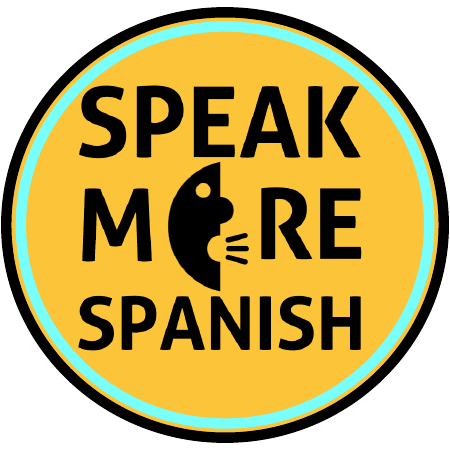How many times have you seen interest lagging in class? Disengagement is one of our biggest fears as teachers. Nobody wants to look out at a classroom of bored students. Let's face it, if you don't have their attention, students won't be learning. It's times like these when you need a game or two to break up the monotony. All of these games involve some kind of movement by getting into groups or circling up. Studies show that moving gets the brain juices flowing!
Most of us know that games are a great way to learn in class but you don't always have time to print, cut, paste or prepare something elaborate; particularly when you need one on the fly. So, here are few no-prep games for the language classroom that you can pull out at any time!
I'll talk about these for Spanish class but they can be adapted for most any language.
1. Categories. One of my top choices! Divide the class into groups of three or four. Split them up by counting off the four team names in a circle so they aren't playing with the person next to them. The quickest way is to count off A,B,C,D and then let them choose their team name. If you want to review three or four animals, or jobs, etc., go ahead and name the teams yourself and then have them count off with those names.
Students draw a four or five column board for each team. Come up with the categories you want to review: food, animals, famous people, reflexive verbs, etc. You can make the categories more abstract such as justice or word associated with the movie you just watched in class. Ask students to come up with a category too - this creates buy-in for the game. Be creative - part of the fun is letting them explain their words.
Write a letter on the board. Students fill in each category with ONE word that begins with that letter. The first team to finish all the columns says stop. The other teams put down their pencils. You score by giving two points for each correct answer that is not repeated by another team, one point for answers that two or more teams have, and zero points for a blank or incorrect answer. Change the categories as you play for variety.
2. Rapid Fire Categories: This is a quicker version of the game above that doesn't require any paper. Divide students into groups. Tell them you are going to say a category. Work in a circle and ask teams to tell you a word from that category. Give them just a second - if they take too long, move on to the next group. Tell them they are not allowed to repeat what another team says so they have to listen to the other answers. Keep points. Let them justify their answers for fun. For example, if the category is cold food and they say "Soup" they can defend their answer by explaining that some soup is cold, such as Gazpacho!
3. Vamos al Campo para comer. A very short game good for a bell-ringer or exit activity. Have students circle up. Tell them you are going to the countryside for a barbecue or picnic. Students say Voy a traer.... (I'm going to bring) and choose an object. Name a category, or keep it open to anything. Each student has to repeat what the person next to him said and then bring something additional. Continue in this way until the entire class has said something. For larger classes, this can get quite difficult. Have students pair up to bring something to make it easier if needed. Example: Susan says "Voy a traer un perro." Marcos says "Voy a traer un perro y un tigre." Alicia says "Voy a traer un perro, un tigre y un gato."
Hope these quick go to games help out in your language classes! Check back for future posts on more games for the classroom.




